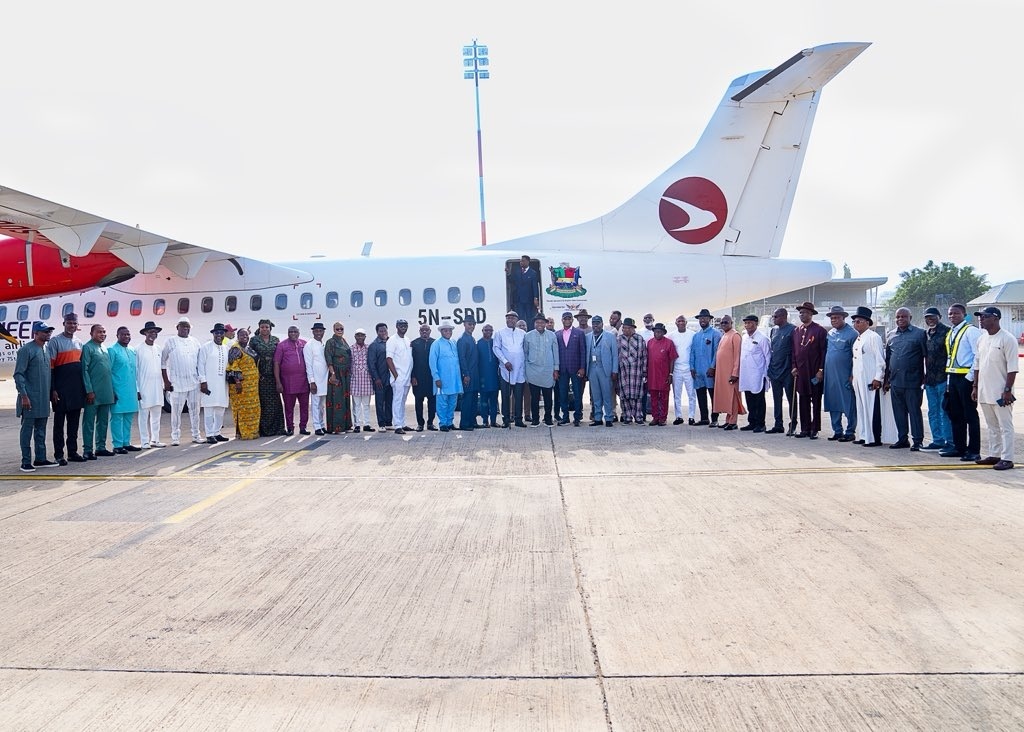
Emmanuel Addeh in Abuja
Nigeria’s three tiers of government collectively received about N16.44 trillion from the Federation Account between January and September 2025, according to official data from the Federation Account Allocation Committee (FAAC).
The figure marked about 40 per cent increase over the roughly N11.9 trillion shared during the same period in 2024, reflecting improved oil receipts, stronger non-oil revenues, and exchange-rate adjustments that boosted naira inflows.
However, the paradox of higher earnings by the federation and decaying infrastructure as well as deepening poverty levels remain. This is because the fiscal windfall has not translated into tangible improvements in public utilities, education, healthcare, or road networks across most states.
A month-by-month review of FAAC data showed steady growth throughout the period, with the sub-national governments getting N1.703 trillion in January this year. February followed with N1.678 trillion; March saw N1.578 trillion; April N1.681 trillion and May N1.659 trillion.
Besides, in June of this year, N1.818 trillion was distributed; in July it was N2.001 trillion; August N2.225 trillion; and September N2.103 trillion. Together, the nine-month total stood at N16.446 trillion, making it one of the highest cumulative disbursements in Nigeria’s fiscal history.
Of the total amount, the federal government received about N5.66 trillion, state governments collectively took N5.52 trillion, while local government councils got around N4.04 trillion. The oil-producing states received an additional N1.23 trillion under the 13 per cent derivation principle, a 27 per cent increase from the comparable period in 2024.
A THISDAY review showed that the surge in allocation reflected stronger revenue inflows, largely driven by improved oil production and stricter tax administration, as oil output averaged about 1.5 million barrels per day in the third quarter of 2025, up from 1.3 million barrels per day a year earlier.
The rebound was aided by tighter enforcement against crude theft, reopening of key export terminals, and relative stability in the exchange rate, which lifted the naira value of dollar inflows.
However, the surge in allocations, also means that most states are now more financially vulnerable, as dependence on federation funding has inevitably heightened.
Recent reports, including the ones by BudgIT and other civic groups show that more than two-thirds of Nigeria’s 36 states still rely on FAAC for at least half of their total revenue. Many devote over 70 per cent of their monthly receipts to recurrent expenditure, particularly salaries, pensions, and debt servicing, leaving little for infrastructure and social investment.
But while improved liquidity at sub-national levels has contributed to inflationary pressures as spending rises faster than production, the 2025 FAAC composition so far shows a gradual shift away from one-off windfalls like exchange-rate revaluations toward recurring sources such as taxes and royalties.
The Federal Inland Revenue Service (FIRS), in particular, recorded better compliance and more comprehensive coverage among formal-sector taxpayers.
If the current revenue trend holds, it is projected that total FAAC disbursements could exceed N21 trillion by the end of 2025 and will be the highest annual distribution on record.
In 2025, Nigeria’s total budget is N54.99 trillion. Out of the total figure, N23.96 trillion is earmarked for capital expenditure; recurrent non-debt spending takes about N13.06 trillion, while N14.32 trillion is dedicated to debt servicing. Another N3.65 trillion is allocated as statutory transfers to key government institutions and agencies.
The budget was built around several assumptions meant to guide both revenue expectations and expenditure planning. The government projects crude oil production at 2.06 million barrels per day, a level that has remained elusive in previous years due to theft, vandalism, and under-investment.
Inflation, which had stayed above 30 per cent in the months before before the recent rebasing is targeted to ease to 15 per cent by the end of the year, while the exchange rate was projected to stabilise around N1,500 to the dollar.


